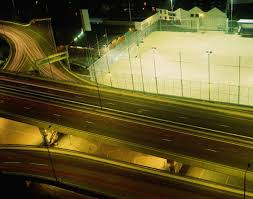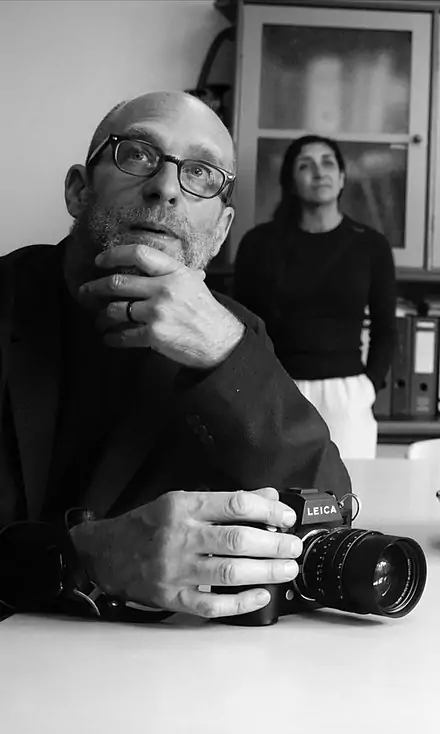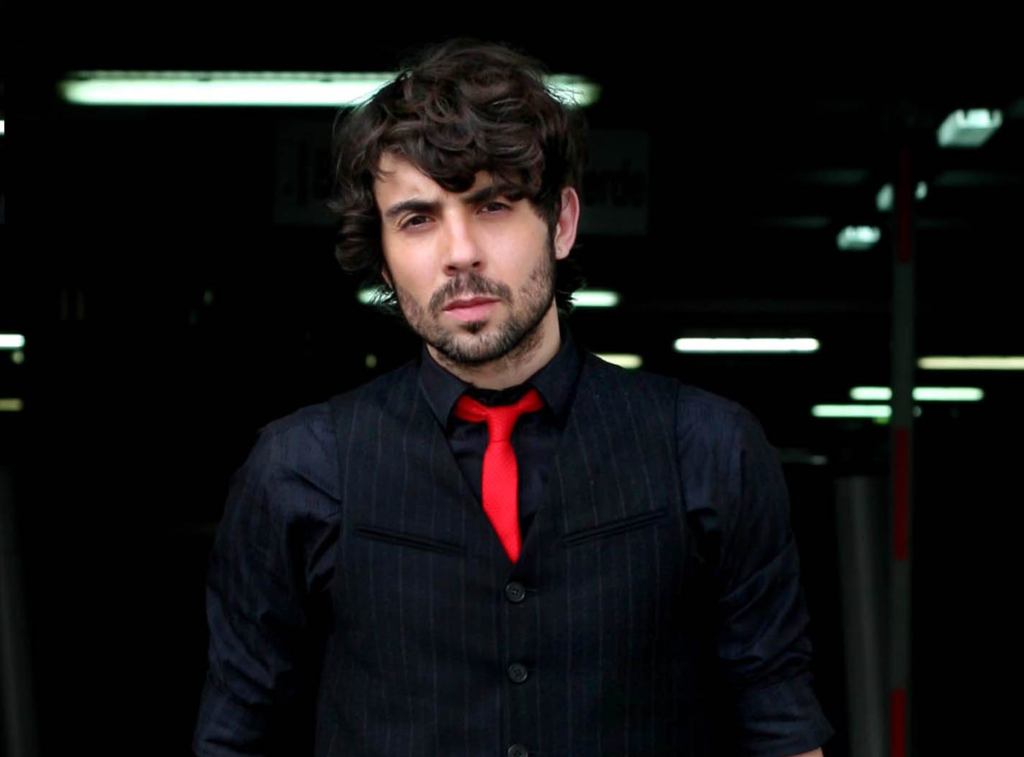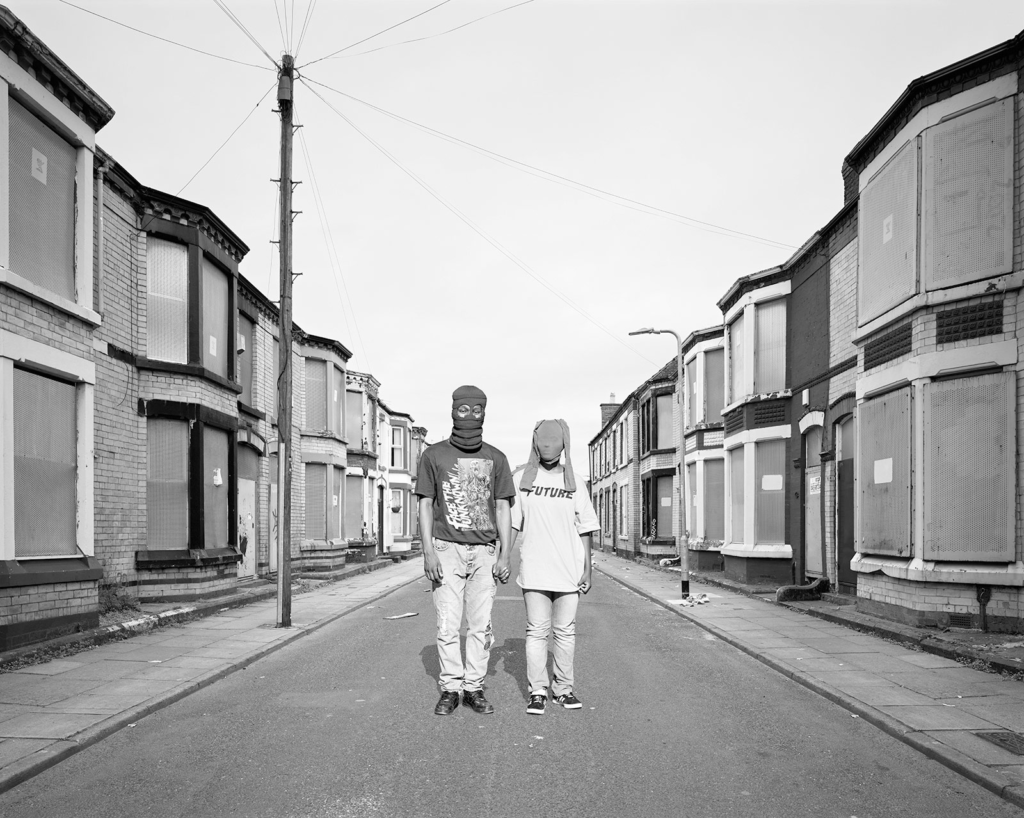Rut Bleed Luxemburg

Rut Bleed Luxemburg is a German born British photographer she attended the London collage of printing where she then go on to achieve an MA in photography. how does she create her images? a lot of her images includes a long exposure to let her use the light in the streets only. this is technique is used in her images in the night that include reflections off the floor of street lights and buildings such as office blocks or even possibly capture cars moving along on the road.
One of her key interests is how the built environment shapes human experience and perception. She often focuses on the urban environment’s emotional resonance, particularly the intersections of architecture, the human body, and the passage of time. Her work can evoke both a sense of isolation and intimacy, presenting the city as a kind of stage where private, sometimes melancholic, moments unfold.
Luxemburg gained wider recognition with her series London Overground, which captured night scenes along the London Overground rail network. The images from this series depict a hauntingly beautiful, almost cinematic view of the city. The use of artificial light and the interplay of shadows give these photos an otherworldly, dreamlike quality. Her images often appear at the cusp of the real and the imagined, offering a glimpse into a hidden or forgotten side of urban life.
example images:
image analysis

Todd Hido

early life and career:
Todd Hido was born in 1968 in Ohio who had gained an interest in the American suburbs which would then become a big part of his work. His work was also inspired by documentary photography which had helped him develop his work into poetic, cinematic, and also blending aspects of narrative and fine art photography.
key themes and style of photography:
Hido’s most recognizable project would be the house hunting project from 2001. this project showed exactly what his style was about, low conditions in the night. these images in this project consisted of houses in the suburbs in the night through fog.
Another aspect of photography that Todd Hido explored was portraits. He mainly took images of women that would considered to portray the women in the portraits as vulnerable or other feelings, he did this to so people would perceive these images how they wanted to there isn’t a right or wrong answer its on what you believe
Impact and Recognition:
Todd Hido is considered one of the leading photographers of contemporary American photography. His work has been exhibited widely in galleries and museums around the world and has earned him a dedicated following. Hido’s influence extends beyond fine art photography, with his work often being cited in discussions of contemporary American culture, film, and visual narrative.
He has also contributed to a wider conversation on the nature of domestic spaces and the ways in which suburban environments can both reflect and distort human emotions.
Conclusion:
Todd Hido’s work resonates due to its exploration of mood, light, and the deeper psychological layers that landscapes can evoke. His approach to photographing ordinary suburban environments transforms them into spaces of haunting beauty and emotional complexity.
example images:
image analysis

visual:
in this image i would say it contains quite a mixed tone as parts of the images contain a dark blue space on the bottom and the top left of the image however as we look in other places in the image it contains quite a bright blue coming from the source of light in the image. the from we see this image in would be 3D as we are seeing buildings form an angle that allows us to see the front and side of it. from the viewpoint we are given in this image i would say that the surface we see is quite ruff in this image as the concreate isn’t smooth with marks all over it and over grown grass creeping from under the other side of the fence.
technical:
the type of lighting we see in this image would be unnatural as its coming from a street light, however this street light has been manipulated with a long exposure leading to the colour of the light almost taking over the whole image. this image appears to be in a focused and narrow approach when it was taken with quite a cold colour for the setting of the image this could have possibly been done to watch the time of day as it was taken in the night.
conceptual:
the concept behind Todd Hido’s image is his inspiration behind documentary photography which then helped him create these sort of images which I would personally say are quite cinematic. But if we want to talk about the idea behind the images this quote says it all ‘I wonder about how people live, and the act of taking that photograph is a meditation. ‘ which he then goes on to say that the project doesn’t have an answer and is more of a question. A rumination without resolution.
contextual:
Edgar Martins

Edgar Martins is a Portuguese-born photographer known for his evocative, contemplative, and often minimalist approach to landscape and architectural photography. His work blends formal precision with a deep sense of atmosphere, often exploring themes of place, memory, and human intervention in the environment.
Key Elements of His Work:
Landscape and Architecture: Martins frequently explores the intersection of natural and built environments. His images often focus on architectural spaces or expansive landscapes, but he presents them in ways that challenge conventional representations of these spaces. He’s known for creating photographs that blur the boundaries between the natural and the artificial.
Human Impact on Nature: In addition to exploring architectural spaces, Martins often addresses how human activity has shaped or altered natural landscapes. This can range from the environmental consequences of industrialization to the ways in which man-made structures interrupt or interact with the natural world.
Minimalism and Composition: His use of space is often quite minimal, drawing attention to the vastness or emptiness of a scene. His compositions tend to be precise and meticulously structured, focusing on light, shadow, and texture, and often leaving room for the viewer to interpret the spaces and their meaning.
Recognition and Influence:
Edgar Martins’ work has garnered critical acclaim for its intellectual depth and visual beauty. His approach to photography—combining meticulous technical skills with a deep philosophical inquiry into place, time, and human presence—has earned him recognition in contemporary photography circles. His work is included in numerous private and public collections, and he has exhibited internationally, including at major photography festivals and galleries.
His photographs are often compared to the work of other contemporary photographers who blend minimalism with exploration of place and memory, such as Richard Misrach, Hiroshi Sugimoto, and others who approach landscape and architecture with a meditative, almost existential tone.
In summary, Edgar Martins is a photographer whose work challenges the viewer to contemplate the spaces and places we inhabit, to reflect on the passage of time, and to reconsider the role of human presence (or absence) in the environments around us.
example images:
image analysis


Edgar, a good blog post on artists case studies, but try and complete analysis of key image using photo vocabulary sheet: TECHNICAL, VISUAL, CONTEXTUAL, CONCEPTUAL
https://www.photopedagogy.com/photo-literacy.html